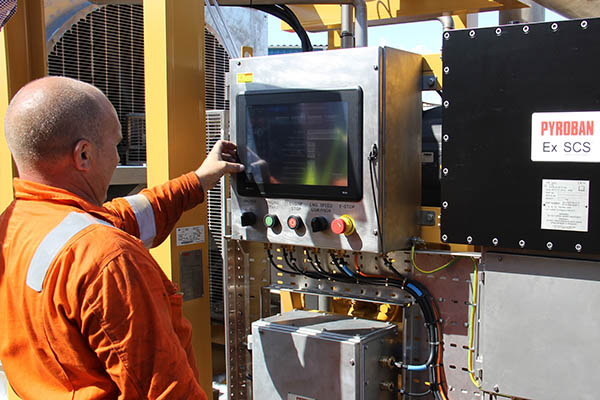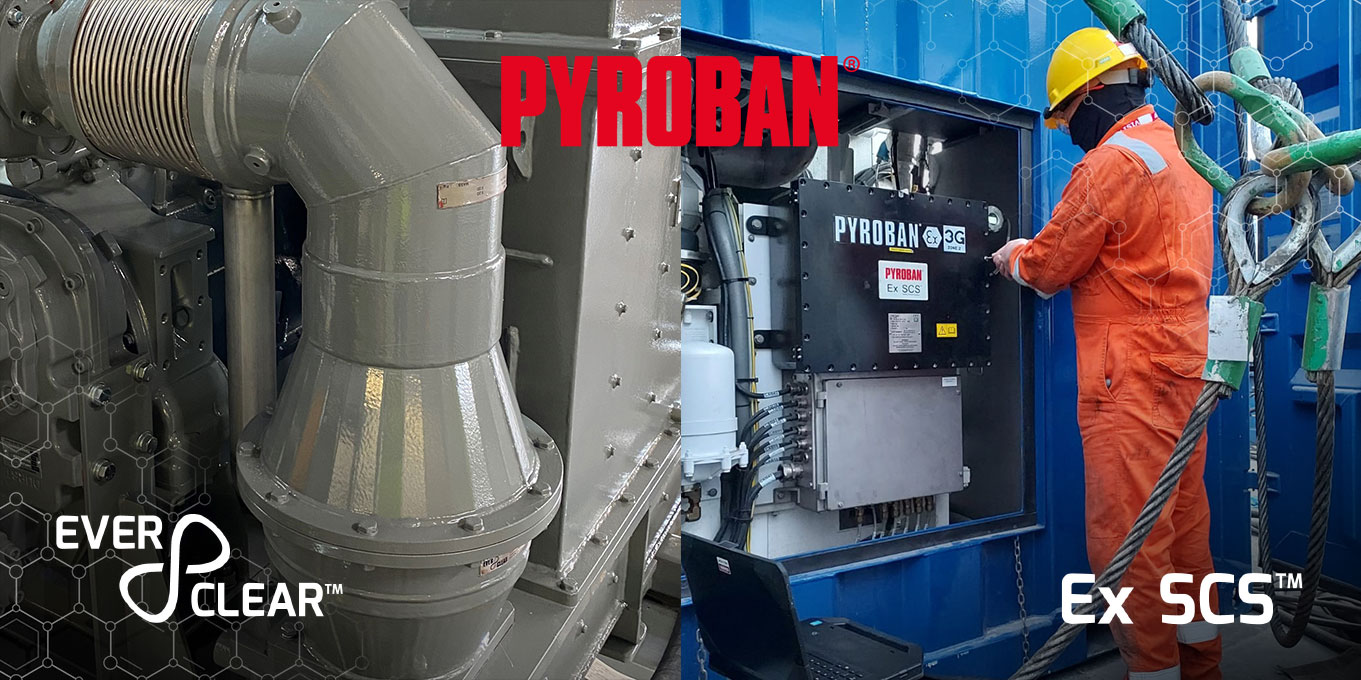Plate type exhaust flame arrestors have been a key component on ATEX diesel engines for decades and operators will be all too familiar with the daily cleaning regime. However, did you know that asset owners are now able to fit a simple, low cost component that has revolutionised ATEX engines offshore?
ATEX engines that power temporary well service, production and pumping equipment offshore have (in the past) all had one component that needs cleaning, typically every day. That’s because in most operating conditions the “plate type” exhaust flame arrestors can clog up with soot very quickly, sometimes every eight to twelve hours.
Avoid the daily clean of exhaust flame arrestors on ATEX engines
Pyroban has developed two technologies that can be fitted to new equipment and existing Pyroban explosion protected engines already operating offshore. And they are available now.
1. EVER CLEAR™ exhaust flame arrestors
Ever Clear™ exhaust flame arrestors are a direct replacement for plate type flame arrestors. They are simple components that are bolted into the exhaust system between the turbo and gas cooler, on the hot side of the exhaust flow.
are a direct replacement for plate type flame arrestors. They are simple components that are bolted into the exhaust system between the turbo and gas cooler, on the hot side of the exhaust flow.
They are low in cost, can easily be fitted in the field and are suited to smaller ATEX engines, although Pyroban has options for most turbo diesel engines above 100bhp.
Many businesses in 2022 have been upgrading their ATEX engine assets with Ever Clear during their refurbishment programmes and passing on the benefits of continuous operation to their customers straight away.
2. EX SCS™
As a more advanced alternative, Pyroban’s Ex SCS™ combines flame arrestor elimination, safety shutdown and diesel engine control and monitoring in one flexible package. The system brings an active approach to the overall safety system by introducing gas detection into the engine inlet tract at a certified position and also within the equipment DNV 2.7-1 enclosure.
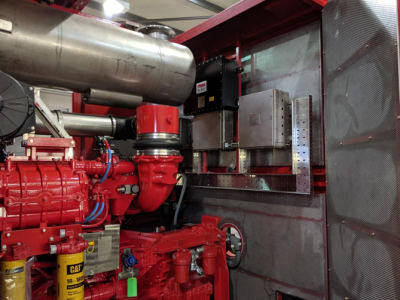 Ex SCS™ quickly and reliably triggers a safety shutdown on detection of a flammable gas in the engine air inlet, diesel engine over speed, high exhaust gas and coolant temperatures, low oil pressure or if there is a manual emergency stop activation.
Ex SCS™ quickly and reliably triggers a safety shutdown on detection of a flammable gas in the engine air inlet, diesel engine over speed, high exhaust gas and coolant temperatures, low oil pressure or if there is a manual emergency stop activation.
It is also easy to incorporate into additional driven equipment controls such as pumps, generators, transmissions, or the well head platform’s DCS (distributed control system).
Pyroban ATEX explosion proof engine solutions
Both solutions are the result of many years of development, extensive field trials and testing, and the completion of the EN1834-1:2000 flame non-transmission (FNT) tests.
What’s the problem with “plate type” exhaust flame arrestors on ATEX engines?
Exhaust flame arrestors are there on ATEX engines to allow exhaust gases to pass through, but they will stop a flame leaving the exhaust system in the event of hydrocarbon gas ingestion. This is an important job in Zone 2 hazardous offshore areas, considering the risk of hydrocarbon release.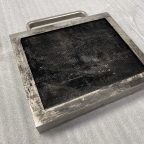
The problem is that “plate type” exhaust flame arrestors have always clogged up with soot very quickly, so they needed cleaning. This has in the past been an unavoidable necessity.
However, they typically weigh more than 25kg and usually will be located above waist height. This undoubtedly makes them difficult to handle. With so much changing and cleaning required, this can lead to short cuts being taken or the arrestor being handled incorrectly. This could mean failure for your organisation in compliance with manual handling regulations and a risk to your operators. It can also be demotivating for them. What’s more, solvents are normally used to clean them, leading to increased waste offshore.
Read more on this subject in our latest white paper which includes two case studies from Asia and African oilfields: “How to Remove “Plate Type” Exhaust Flame Arrestors from ATEX Category 3G Engines” (updated 2022).
How NOT to avoid the daily clean of exhaust flame arrestors
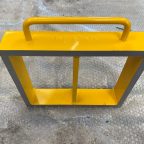
While this eliminates the need to clean anything and enables continuous operation, in a Zone 2 hazardous area, this exposes operations to potential sources of ignition, rendering the explosion proof certification invalid, while also putting people at serious safety risk.
THE EASY SOLUTION… With such a simple solution to the problem, businesses can now easily enjoy longer operation and reduce downtime through Ever Clear, or for more advanced operations, Ex SCS.
If you have an engine with a Pyroban kit or a Pyroban HazPak™, find out more about how we can help safely eliminate the use of the “plate type” exhaust flame arrestor.
Alternatively read our white paper now for free.
Read “How to Remove “Plate Type” Exhaust Flame Arrestors from ATEX Category 3G Engines” (updated 2022).

